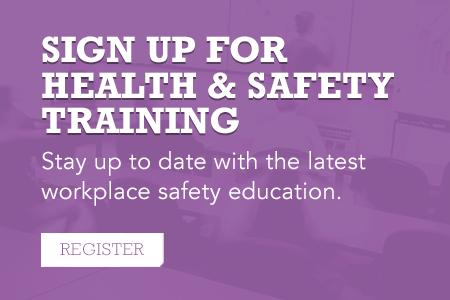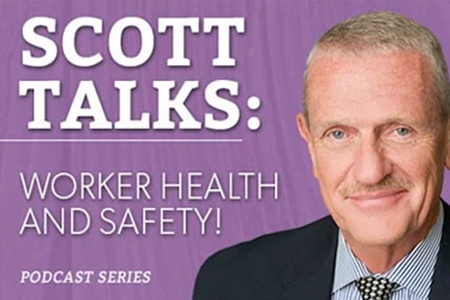What is Industrial Hygiene?
A significant amount of the consulting work we do involves Industrial Hygiene. The key words in the definition are anticipation, recognition, evaluation, and control. If you look at the relationship of those four words to one another, it may sound confusing but it is actually a relative definition for the art of problem solving – you just need specialized knowledge of what those “factors or stresses” may be.
If a new or existing chemical, process or material suddenly becomes the source of employee complaints, you need to “anticipate” that it could be problematic in the first place. If employees are complaining about it or if they are sick or suspect there is a problem you have to be able to “recognize” it for what it is. You can “evaluate” the nature of the hazard in many ways, most commonly through some sort of air testing or monitoring so you can compare the results of the testing against regulations, guidelines and standards to determine “if a hazard exists”.
If those guidelines or standards are exceeded then the next step in the process is to “control” the exposure through a decision making process of control strategies so that employees are no longer exposed to the hazard. Controls can be as simple as using an alternative product, providing ventilation or using Personal Protective Equipment (PPE).
What are the Regulations for Industrial Hygiene?
There are more than a few different regulations or guidelines when it comes to Industrial Hygiene. There are thousands of chemicals in use in the world and new ones being “invented” every day. Many of them do not pose health hazards but many do. The problem is that there are only several hundred that have been studied enough regarding their adverse health effects to know what a safe level of exposure may be.
Safe or allowable levels of chemical exposure are generally based on exposure to chemicals over a full workshift of eight hours for five days a week. This is commonly referred to as a “time weighted average exposure” as there can be variations in the level of chemical someone is exposed to over one work shift or several. This is when it stops being easy to understand. People work longer shifts these days and more than or less than five days so it takes some mathematical work to apply standards to their jobs.
We recommend that the American Conference of Governmental Industrial Hygienists (ACGIH) be followed for their exposure guidelines. Their “guidelines” are not legal limits. They are called Threshold Limit Values or TLV’s and are the most “current” or up to date exposure guides as the ACGIH review some 700 chemicals every year and update TLV’s as their research dictates. They have been doing this since 1946 when they issued their first listing of 148 chemicals.
OSHA adopted the 1968 TLV’s when they came to be in 1969 but “renamed” them Permissible Exposure Limits or PEL’s. The same premise applies in that these are 8 hour Time Weighted Average limits, however, these are the “speed limits” companies are held accountable to as OSHA is a regulatory agency and not a scientific group as is ACGIH. The problem with this is that many of OSHA’s limits are not as stringent as ACGIH’s limits as they have not been adjusted since the 1960’s when they were first adopted. This is why we suggest that companies follow ACGIH as they are much more current and provide a better margin of protection for your employees than the OSHA PEL’s.
As if this isn’t confusing enough the National Institute for Occupational Safety and Health or NIOSH has their own set of guidelines called Recommended Exposure Limits or REL’s. The problem with these limits is that they are also guidelines and not regulations and, it is our opinion, that they are based on the concept of “no negative effect” from exposure. This means that eye irritation by a chemical can end up with a lower exposure guideline than it might have with an OSHA PEL or ACGIH TLV which are based on chronic or acute harmful effects.
There are also individual states in the United States that have some of their own exposure guidelines and there are certainly many different countries and authorities that have a variety of exposure standards and guidelines that only compound the confusion in interpretation of this information.
How to Address Industrial Hygiene
To learn more about our Health & Safety Consulting and how we address Industrial Hygiene, schedule a free consultation by filling out the form below:


